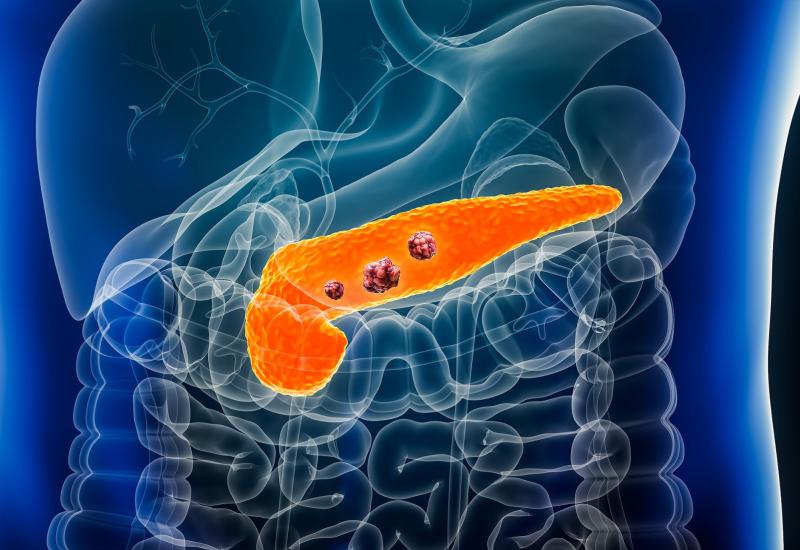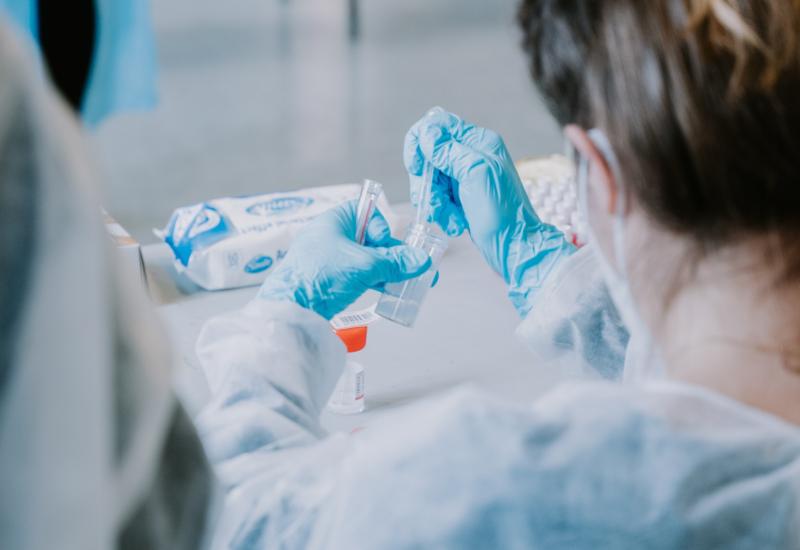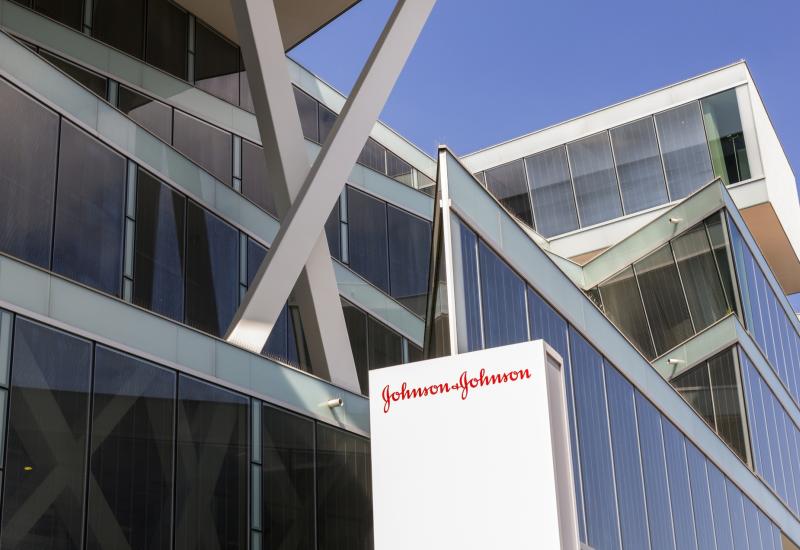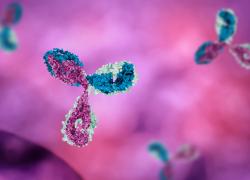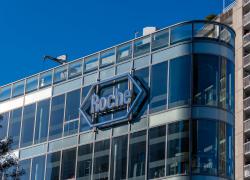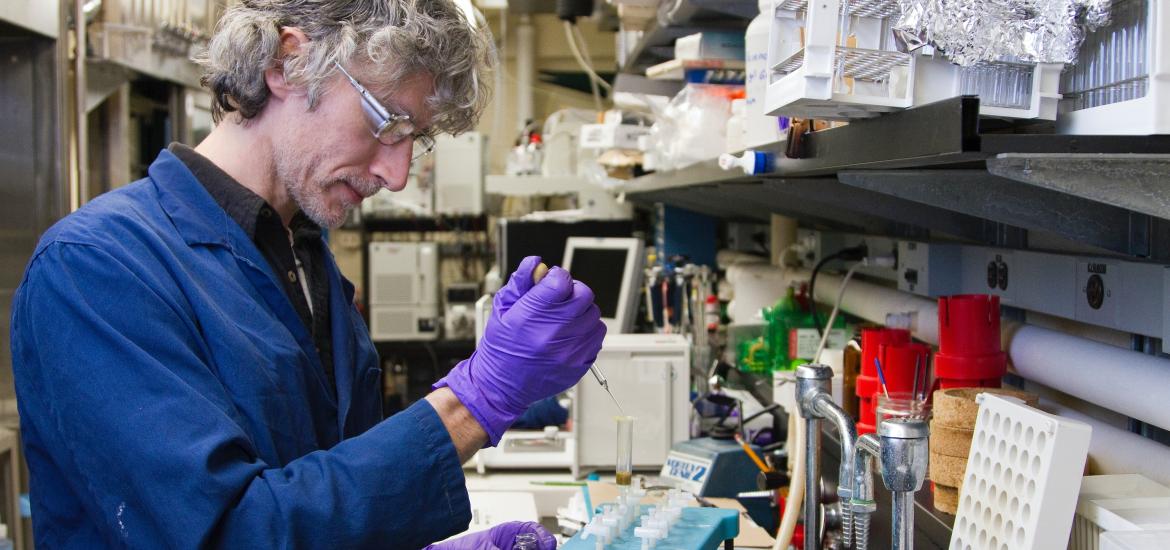
Arvinas and 3SBio hope to do better
A new KRAS degrader and PD-1 x Lag3 bispecific have just started phase 1.
A new KRAS degrader and PD-1 x Lag3 bispecific have just started phase 1.

Two new first-in-human trial initiations will resonate with investors wary of recent disappointments at rival companies. These feature Arvinas's KRAS G12D degrader ARV-806, and 3SBio's bispecific antibody against PD-1 and Lag3, SSGJ-709, both of which are now in phase 1, according to clinicaltrials.gov.
The former is in focus as the crowded KRAD G12D inhibitor space has seen companies try other approaches to stand out, but where Astellas's degrader ASP3082 has disappointed. SSGJ-709 uses the same strategy that had been pursued by the troubled biotech MacroGenics with tebotelimab, a bispecific that's now discontinued.
Astellas's ASP3082 produced an ORR of 23% among 13 NSCLC patients at last year's ESMO congress, a result broadly seen as underwhelming, as well as being linked with dose-limiting toxicities. This efficacy is well behind data seen with Revolution's G12D inhibitor zoldonrasib, for instance.
As such it's zoldonrasib's 61% ORR in relapsed KRAS G12D-mutant NSCLC that serves as the benchmark for Arvinas's ARV-806, whose G12D-mutant solid tumour trial started last month. Technically Arvinas calls ARV-806 a "protac", but there's little clinical evidence to suggest that such a structure offers benefits over typical degraders.
Meanwhile, MacroGenics called time on tebotelimab after its partner Zai Lab terminated a licensing agreement on this anti-PD-1 x Lag3 bispecific in 2023. To be fair to 3SBio, which has just taken the similarly acting SSGJ-709 into a phase 1 solid tumour trial, this Chinese company can afford to take risks, having scored a $1.25bn from Pfizer for its anti-PD-1 x VEGF MAb SSGJ-707.
Recently disclosed first-in-human studies*
| Project | Mechanism | Company | Trial | Scheduled start |
|---|---|---|---|---|
| ARV-806 | KRAS G12D degrader | Arvinas | KRAS G12Dm solid tumours | 29 May 2025 |
| SSGJ-709 | PD-1 x Lag3 MAb | 3SBio | Solid tumours | 6 Jun 2025 |
| CM518D1 | CDH17 ADC | Keymed | Solid tumours | 9 Jun 2025 |
| HLTX-001 | PHOX2B Car-T | Myrio/ Hula Therapeutics | HLA A*24:xx expressing neuroblastoma | 25 Jun 2025 |
| JWCAR239 | CD19 x CD20 Car-T | JW Therapeutics | CD19 and/or CD20+ve, Car-T naive lymphoma | 1 Jul 2025 |
| ETN029 | Actinium-225 labelled DLL3 radioconjugate | Novartis | DLL3+ve solid tumours | 15 Jul 2025 |
Note: *projects newly listed on the clinicaltrials.gov database between 5 and 17 Jun 2025.
Other recent phase 1 study initiations, according to new clinicaltrials.gov listings, include Keymed's anti-CDH17 ADC CM518D1 and JW's anti-CD19 x CD20 bispecific Car-T therapy JWCAR239.
Targeting CDH17 with ADCs has become a popular industry strategy, with the recent AACR conference profiling several such assets, and OncologyPipeline revealing numerous others in development. CM518D1 appears to be a new entrant to the biopharma pipeline.
Among bispecific Car-T players there's a three-horse race between CD19 x CD20 assets from Lyell, Johnson & Johnson and Gilead, all hoping for better durability, thanks to relapse avoidance, than monospecific incumbents. Now these are being joined by JW's JWCAR239, which is similarly to be tested in relapsed-refractory lymphoma patients who are naive to Car-T therapy.
Car-T novelty
That's all very well, but CD19 and CD20 are hardly new Car-T targets. The special mention for novelty goes to HLTX-001, a first-in-human Car in development at the private Australian biotech Myrio. HLTX-001 targets PHOX2B, an antigen with no industry competition, according to OncologyPipeline.
Not only that, but PHOX2B is an intracellular protein, meaning that it's presented on the cell surface on MHC (major histocompatibility complex) proteins, and thus inaccessible to typical Car-T constructs, which target extracellular antigens like CD19. The fact HLTX-001 and other Myrio constructs are able to target MHC-presented proteins explains their restriction to certain HLA subtypes.
It's not clear yet whether designing a Car to achieve this might be better than doing so via an HLA-restricted engineered T-cell receptor. However, Myrio, in collaboration with the Children's Hospital of Philadelphia spinout Hula Therapeutics, claims to have "broken" such restriction, designing binding regions able to interact with numerous HLAs.
Indeed, the phase 1 study of HLTX-001 enrols patients with any one of 21 HLA-A*024 alleles.
2111



